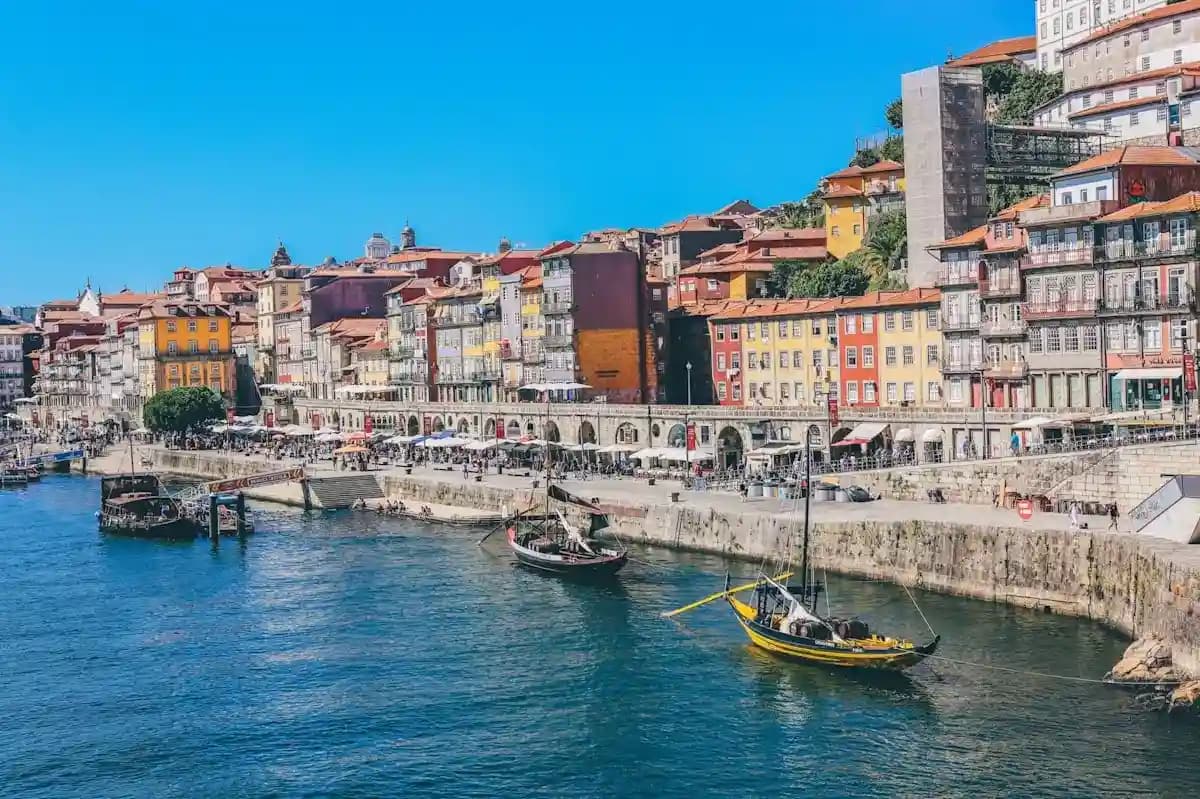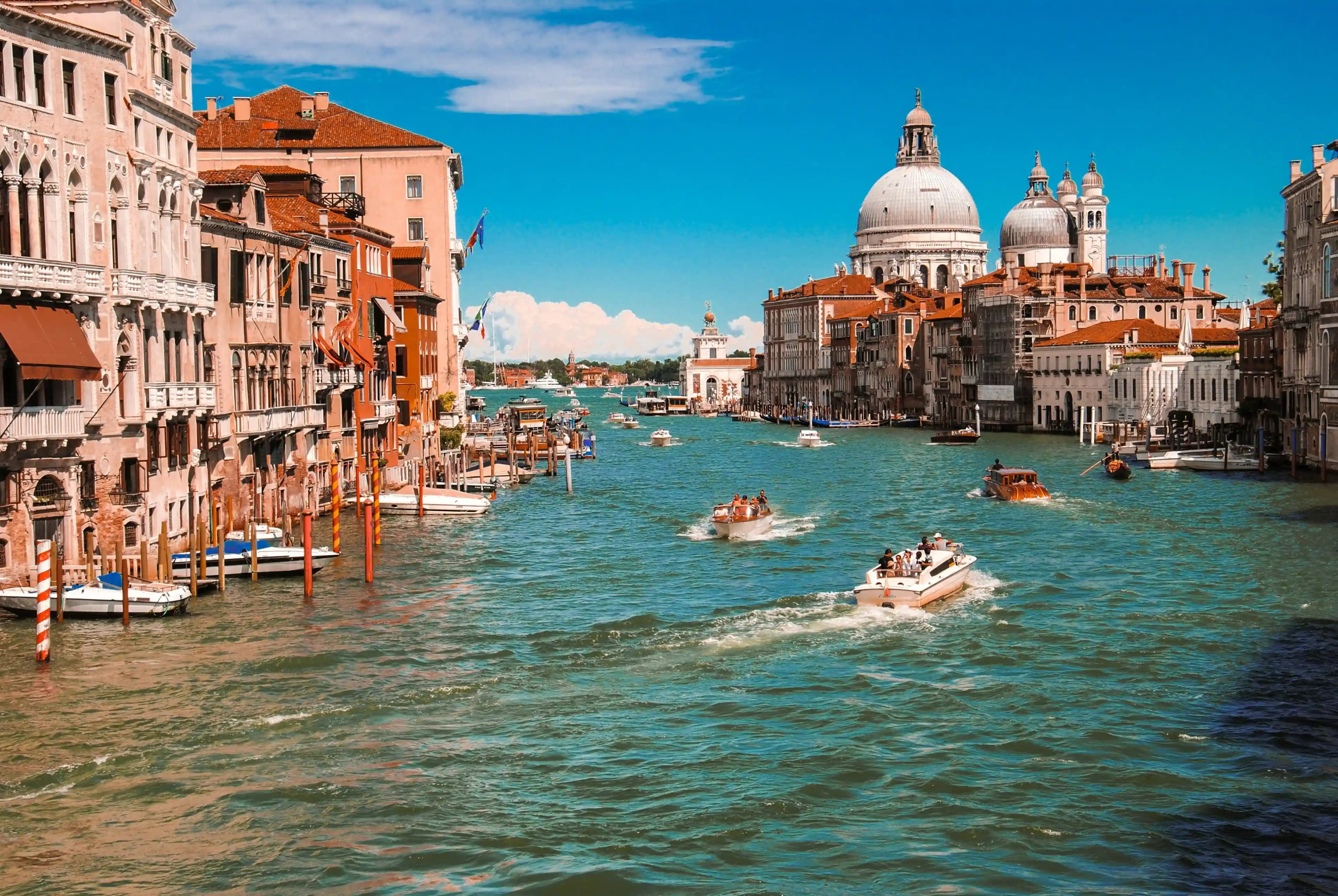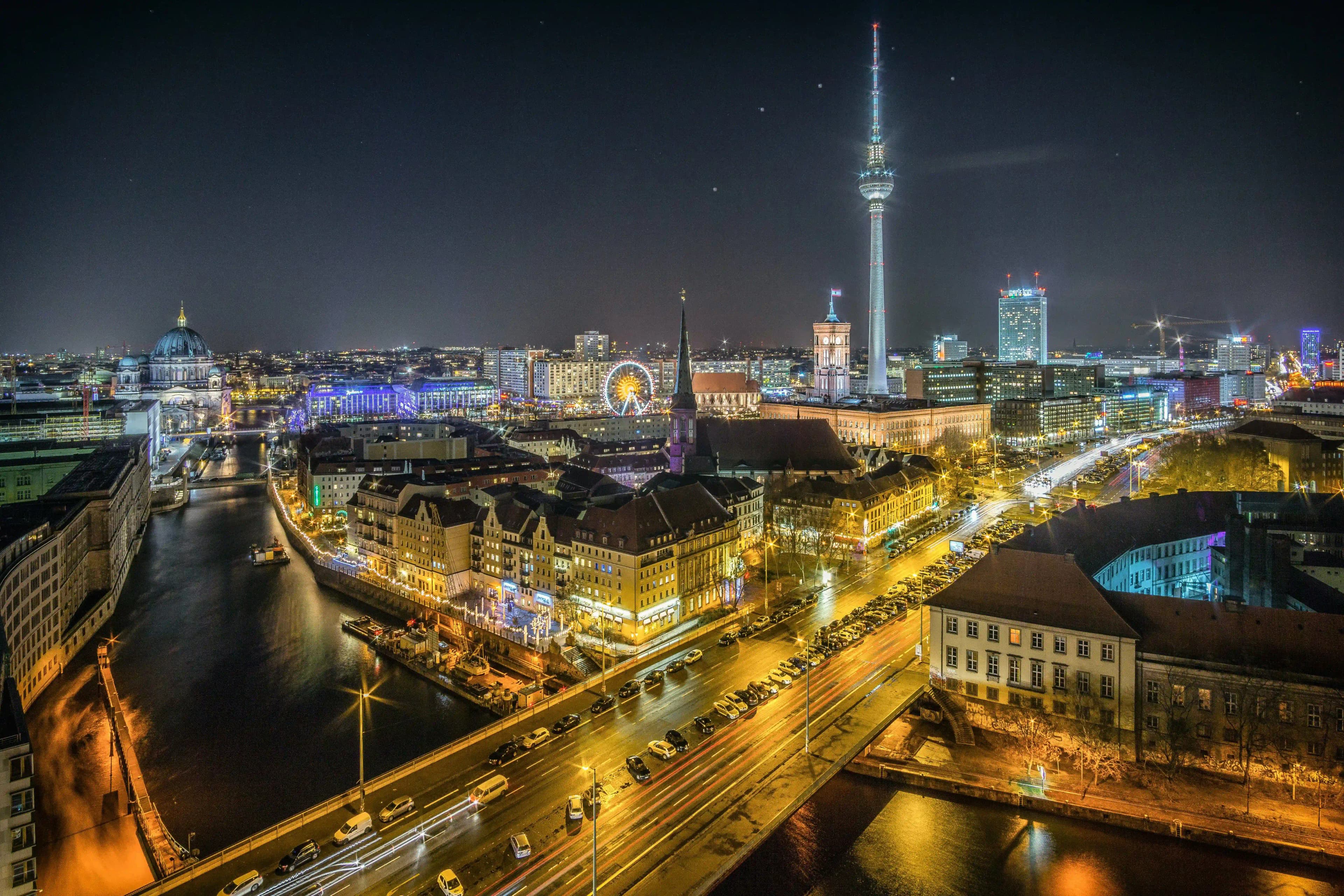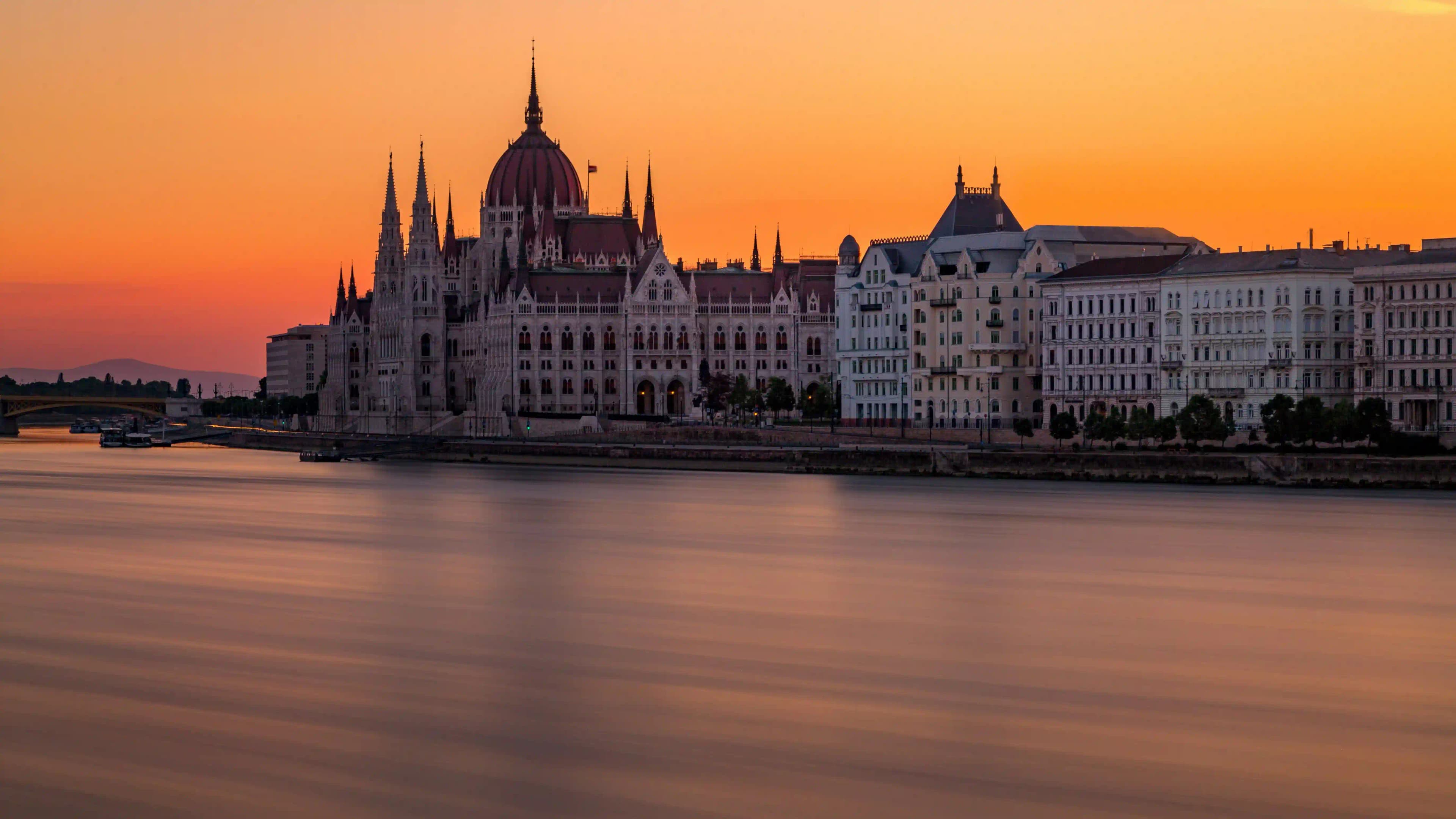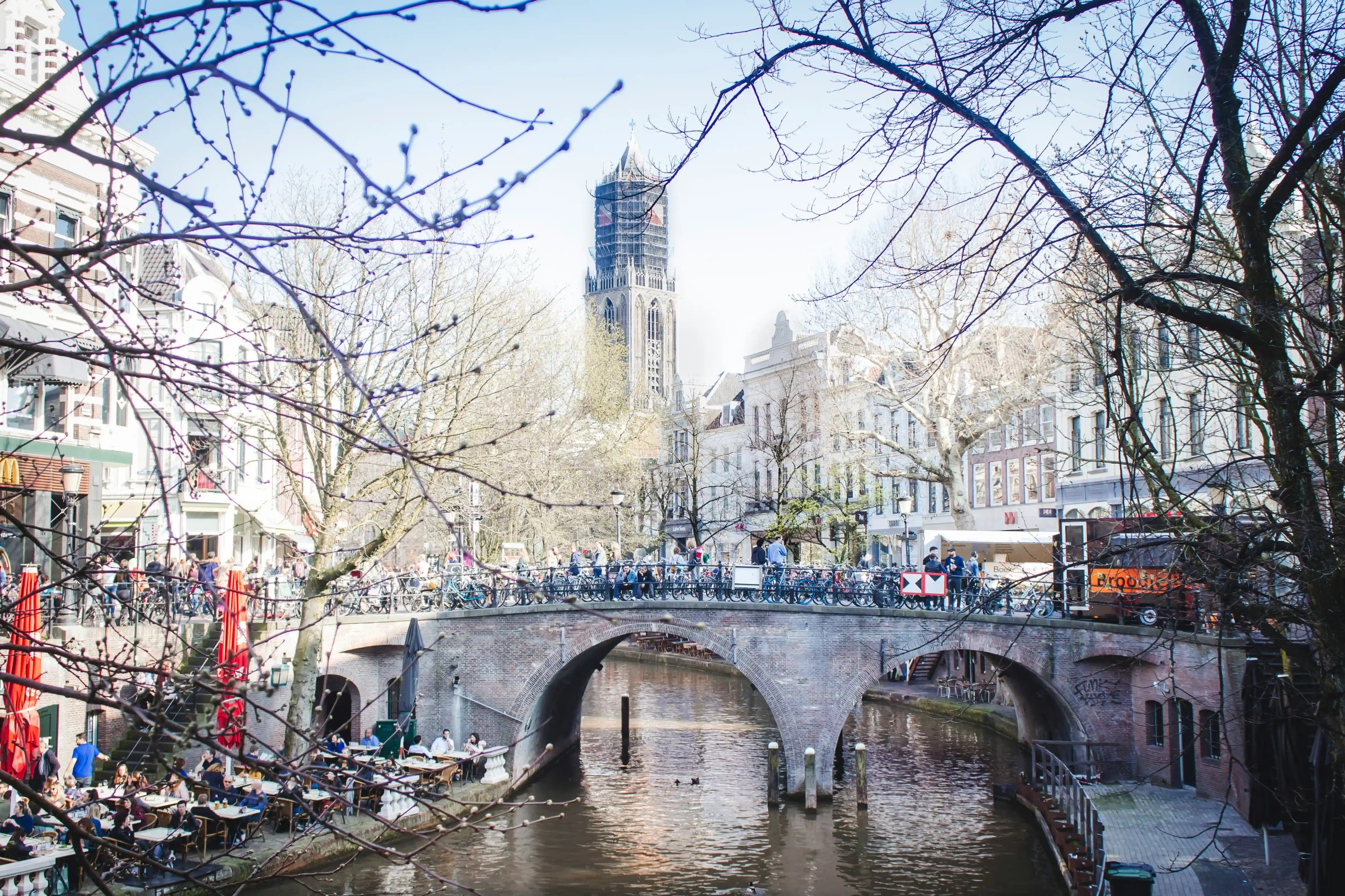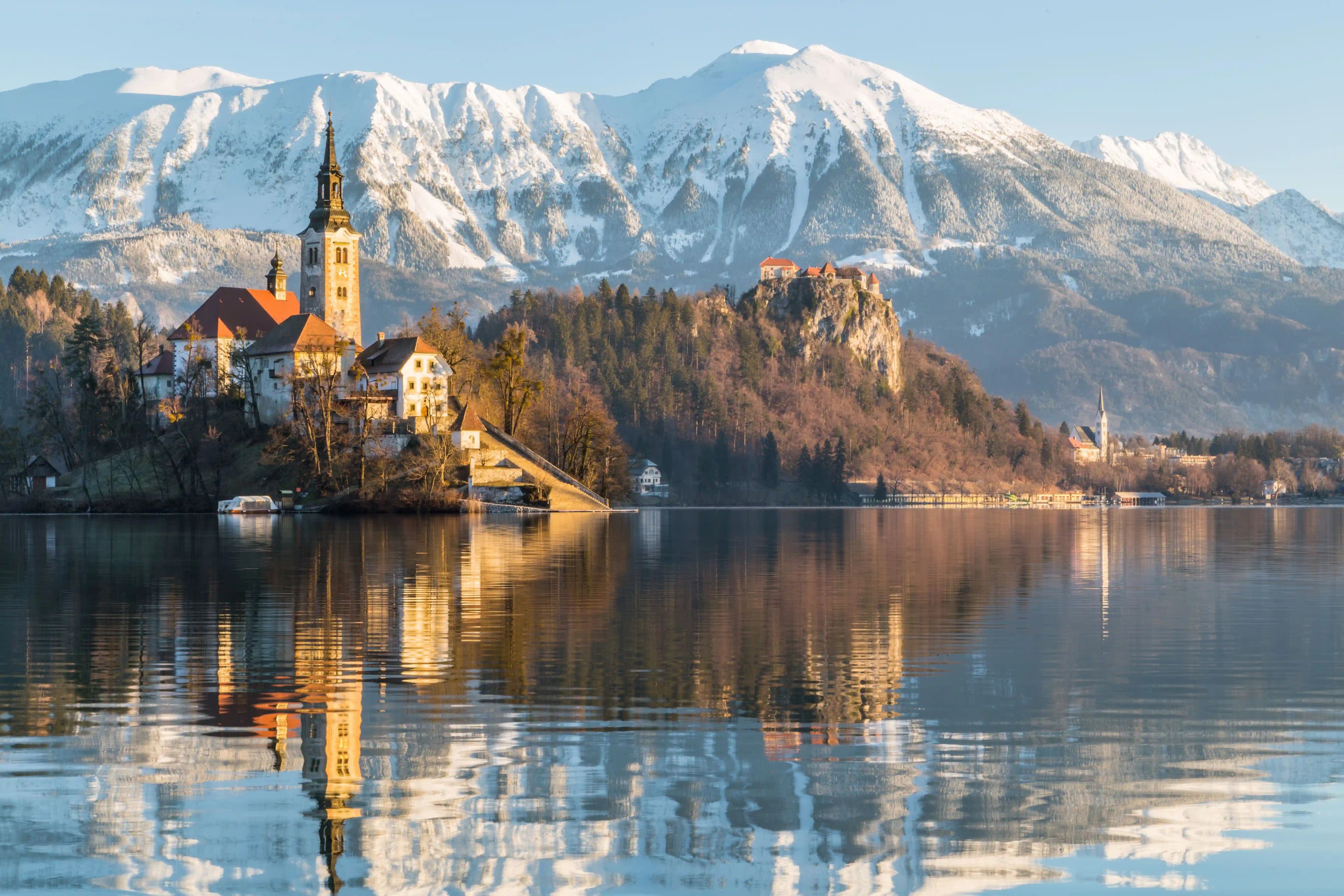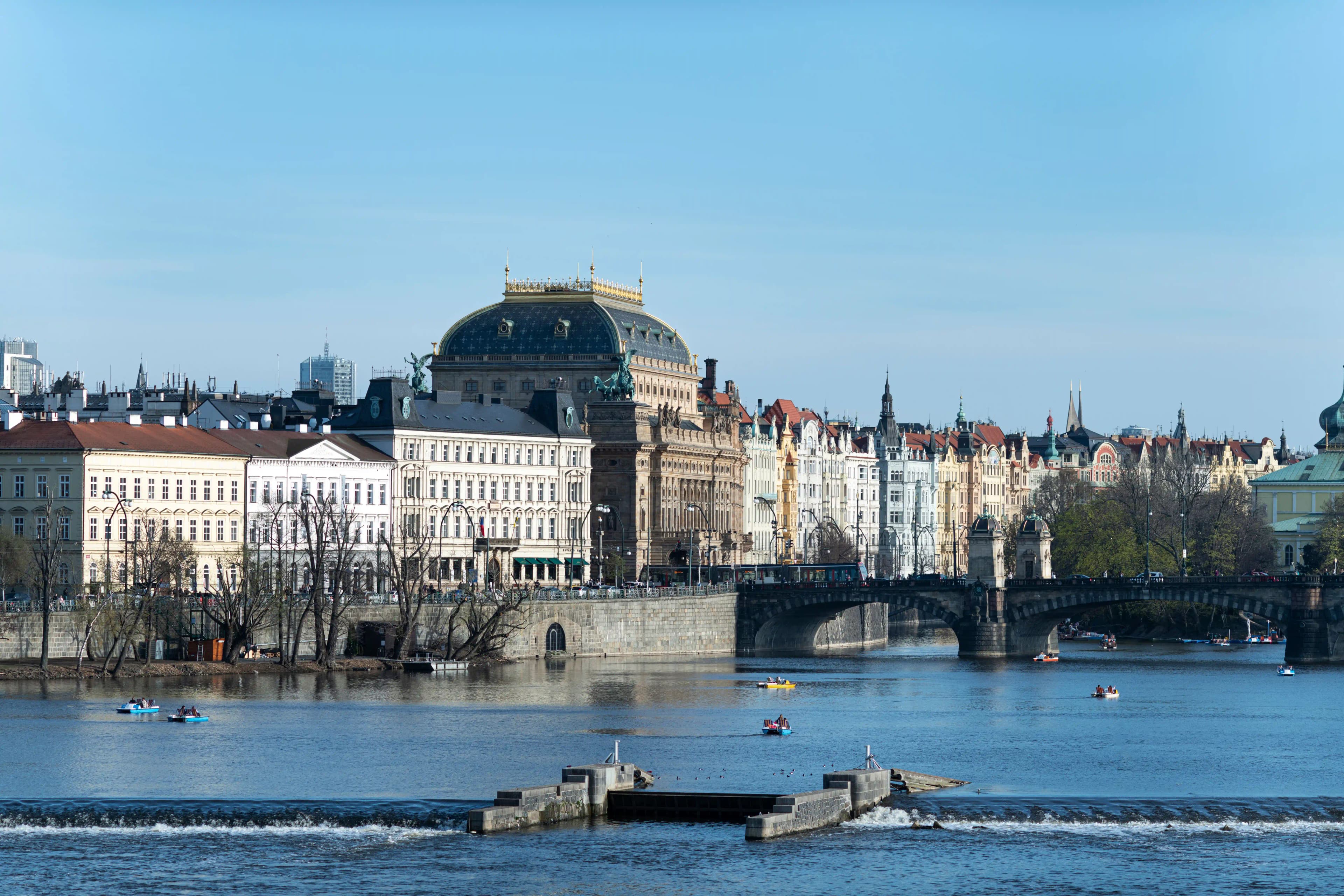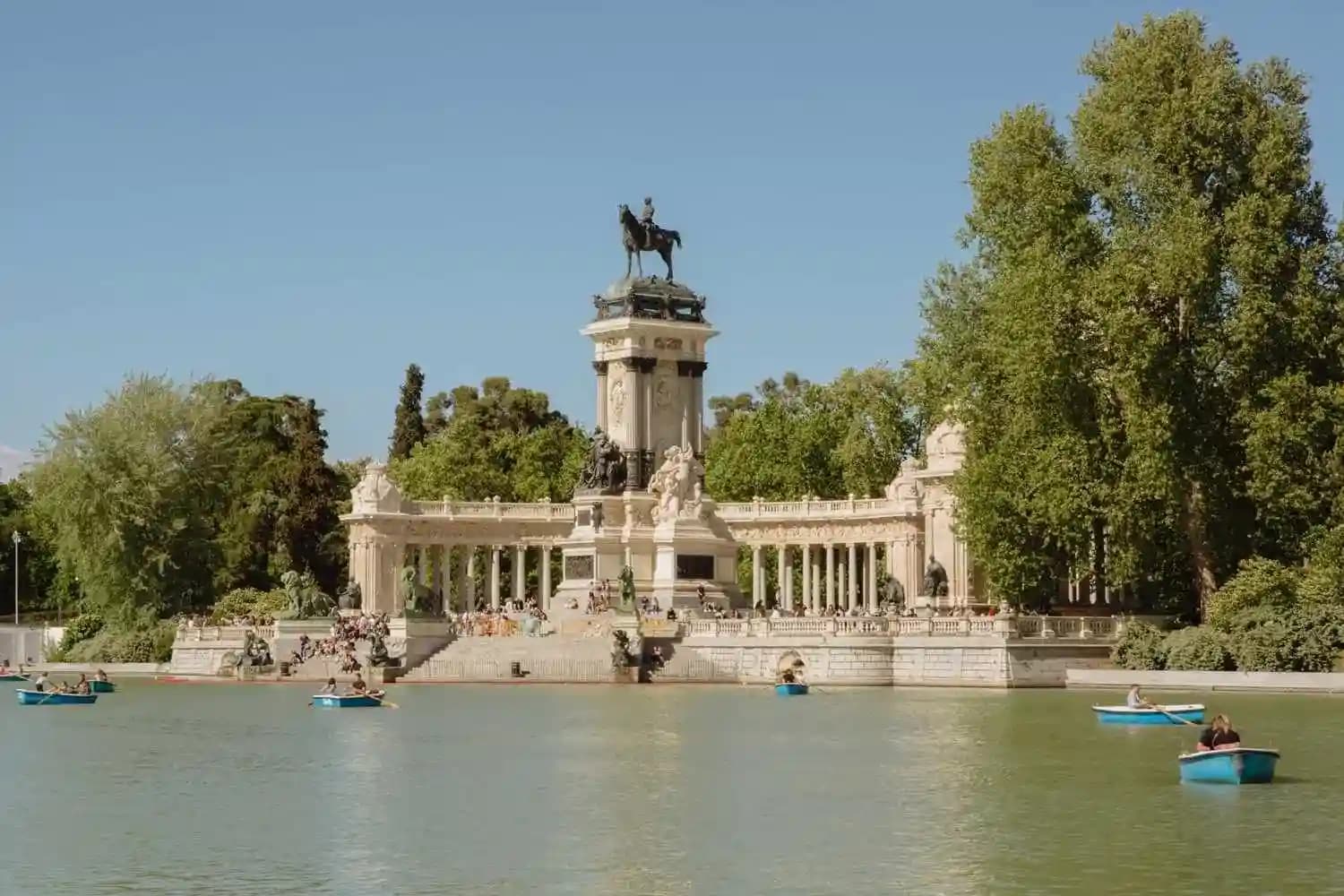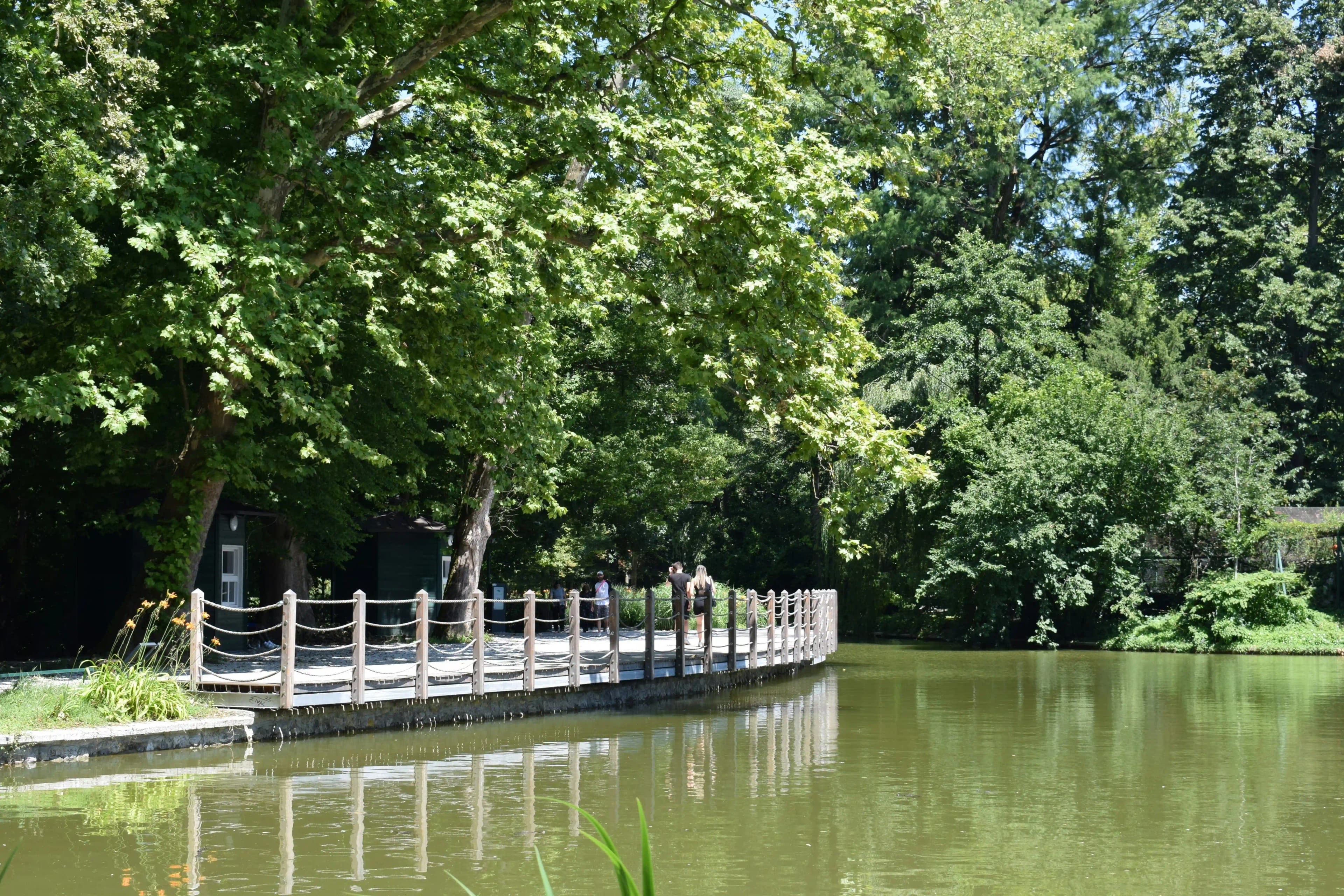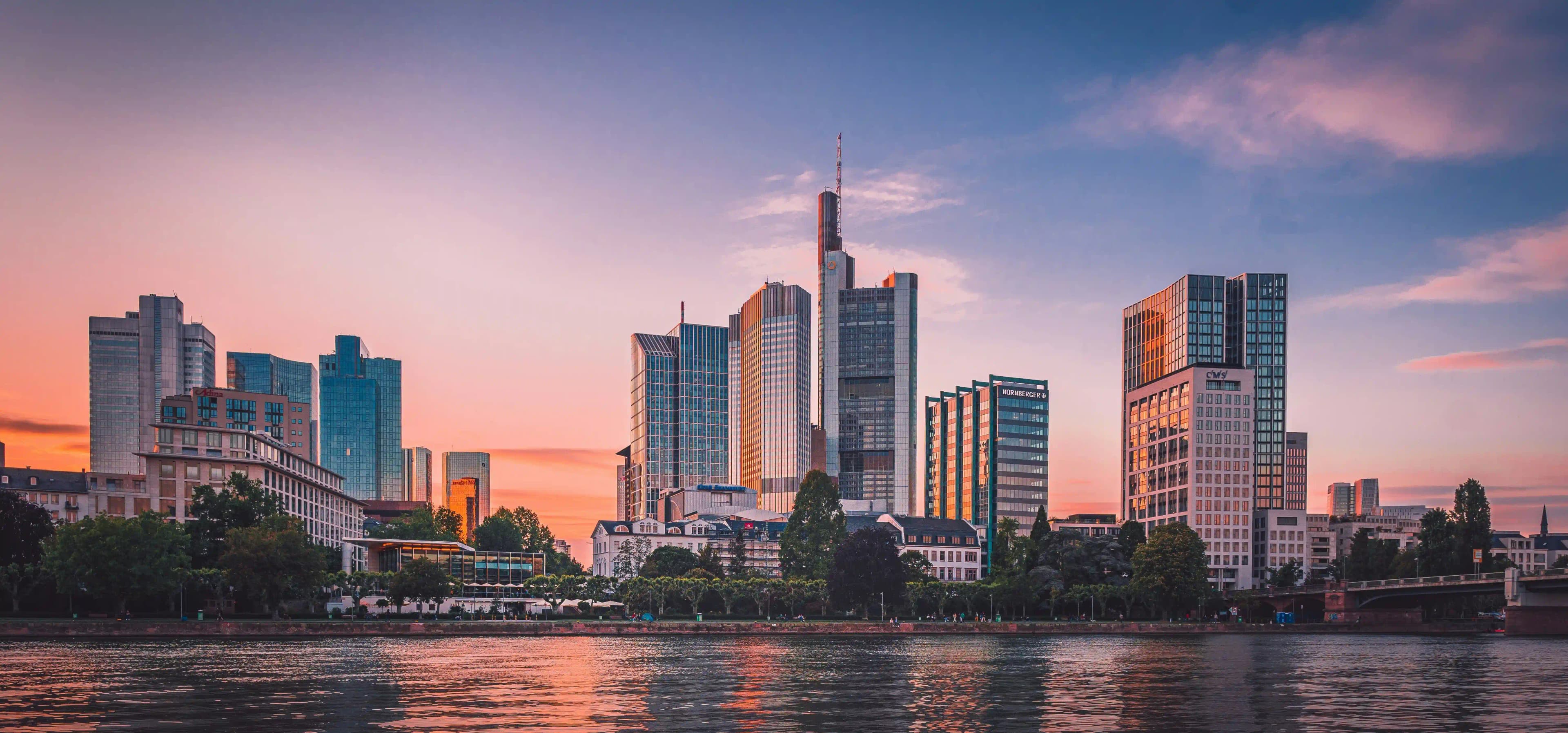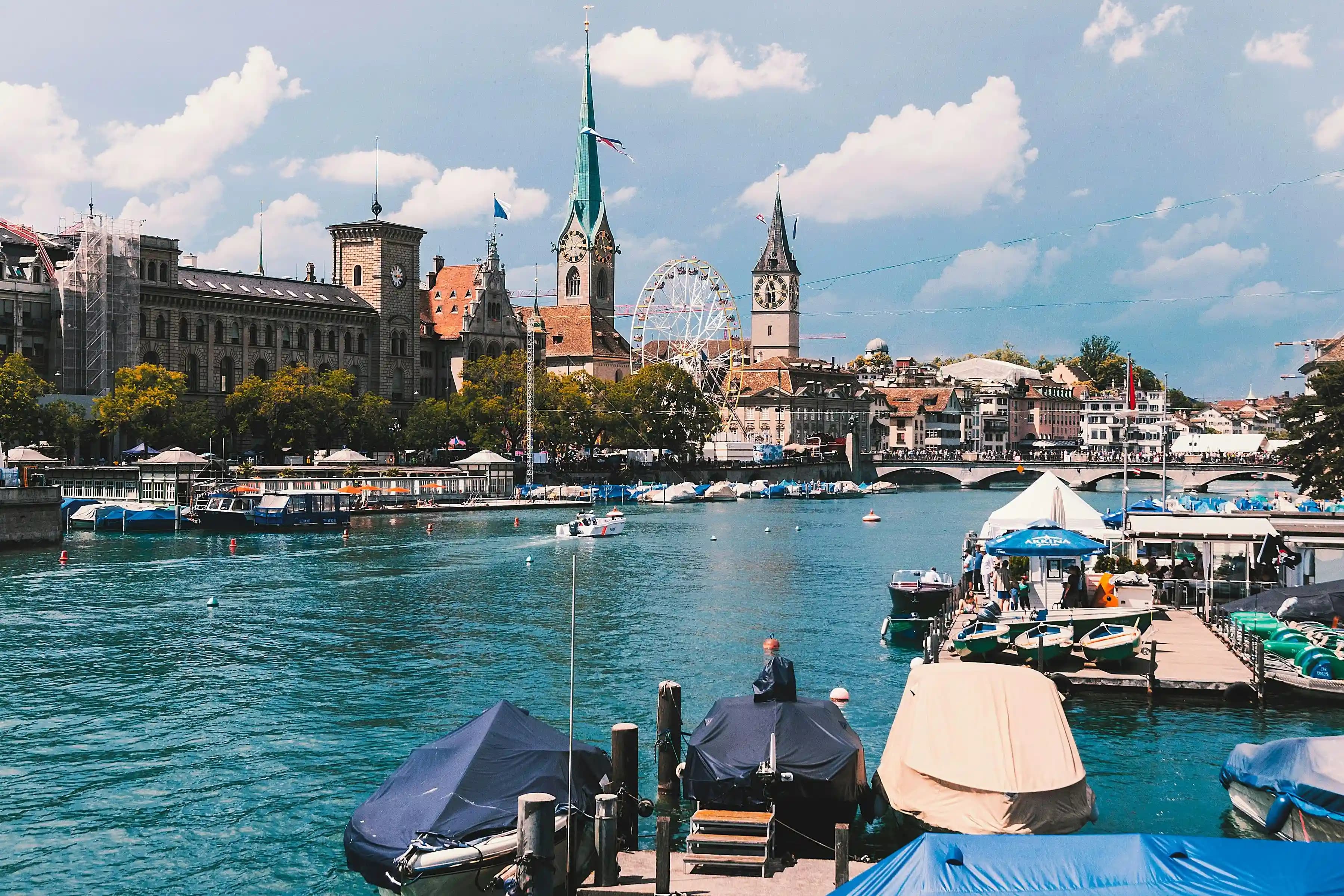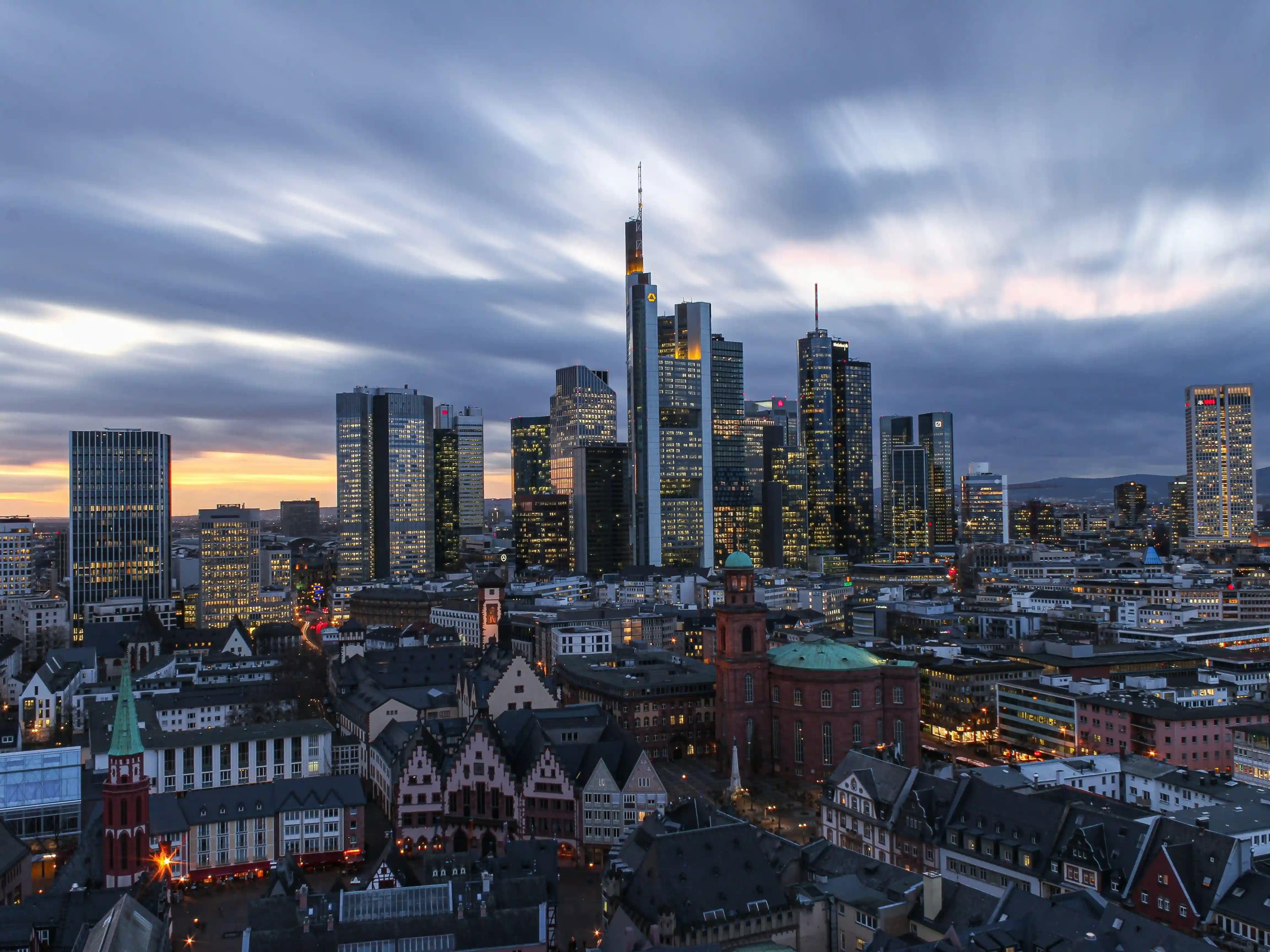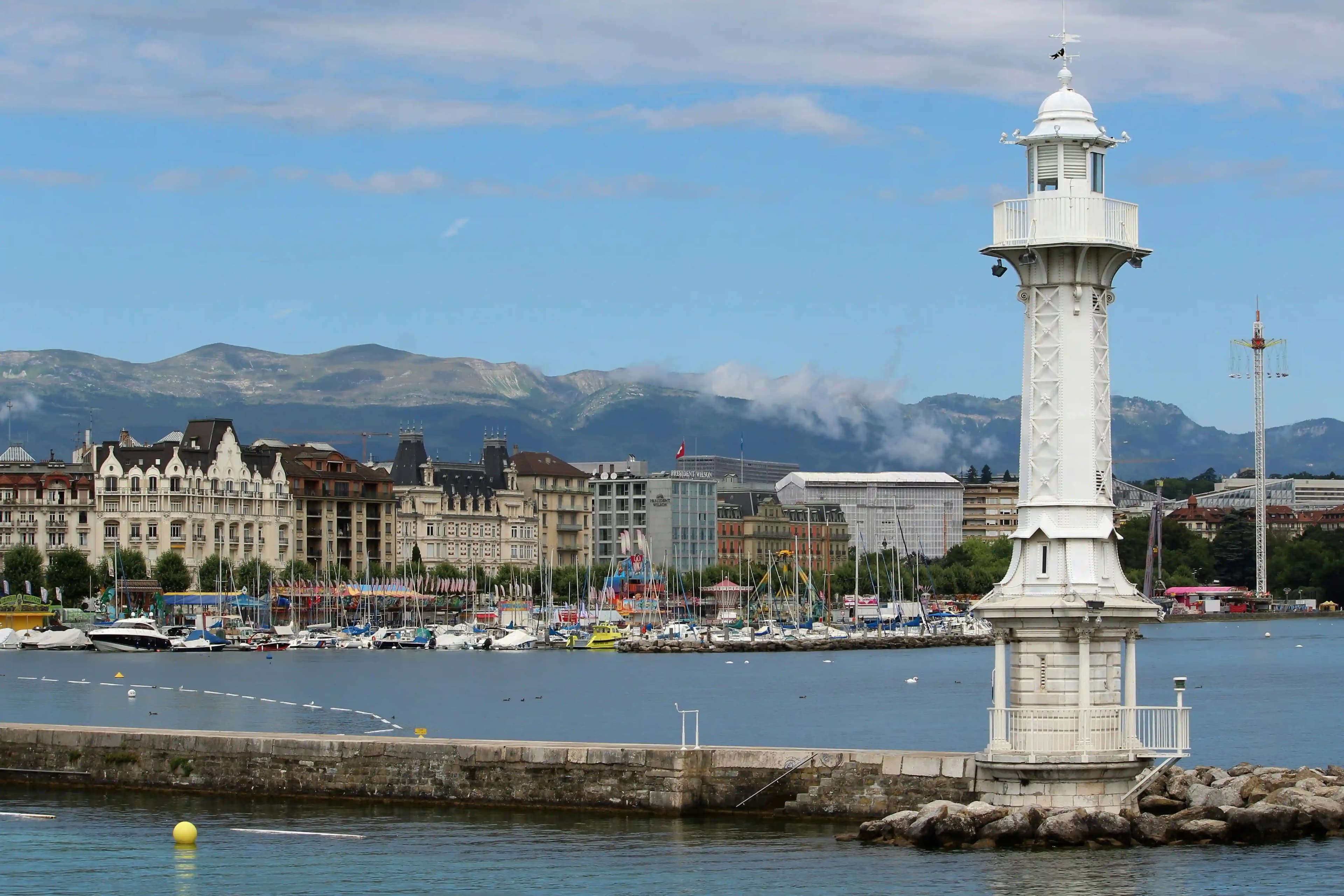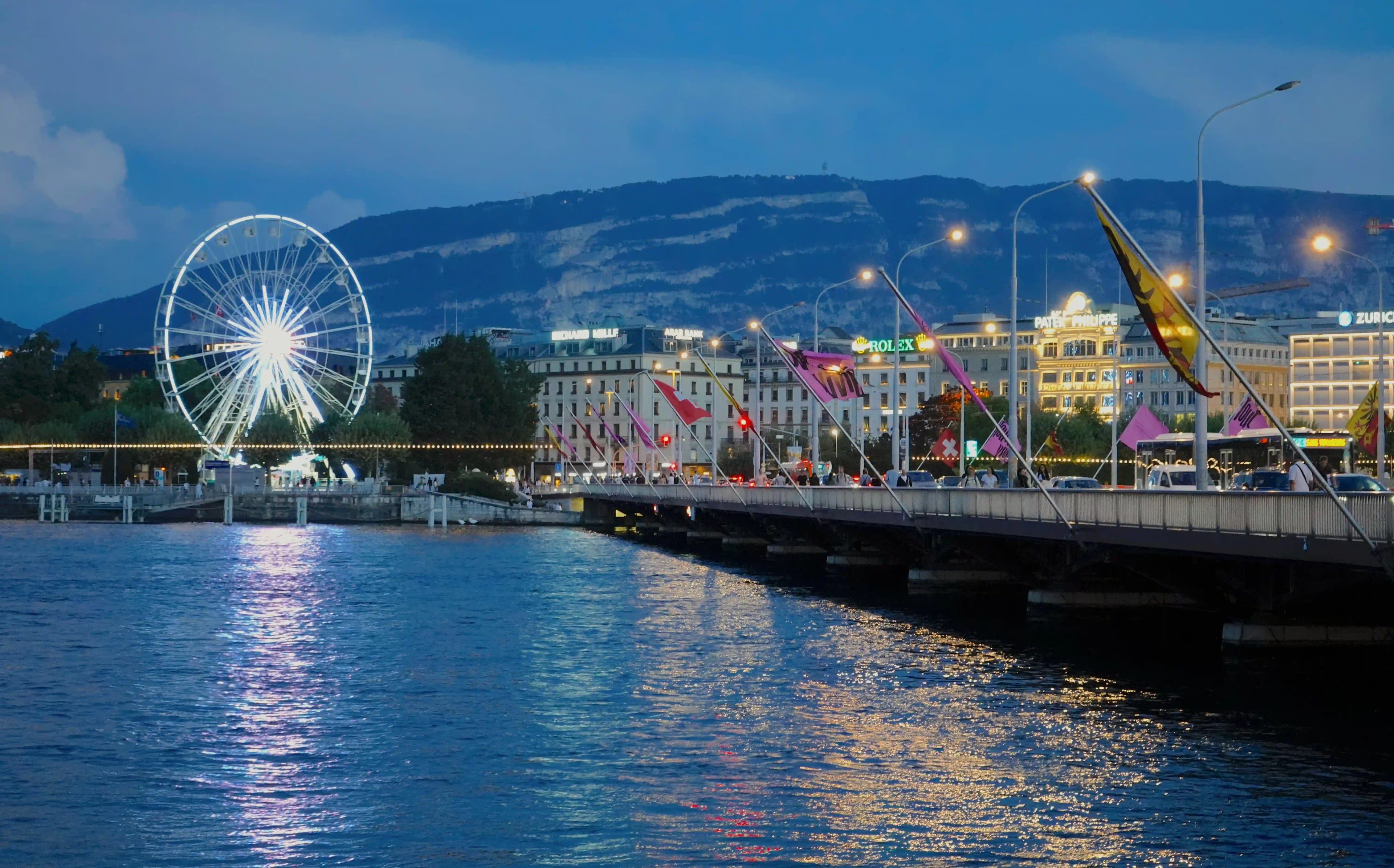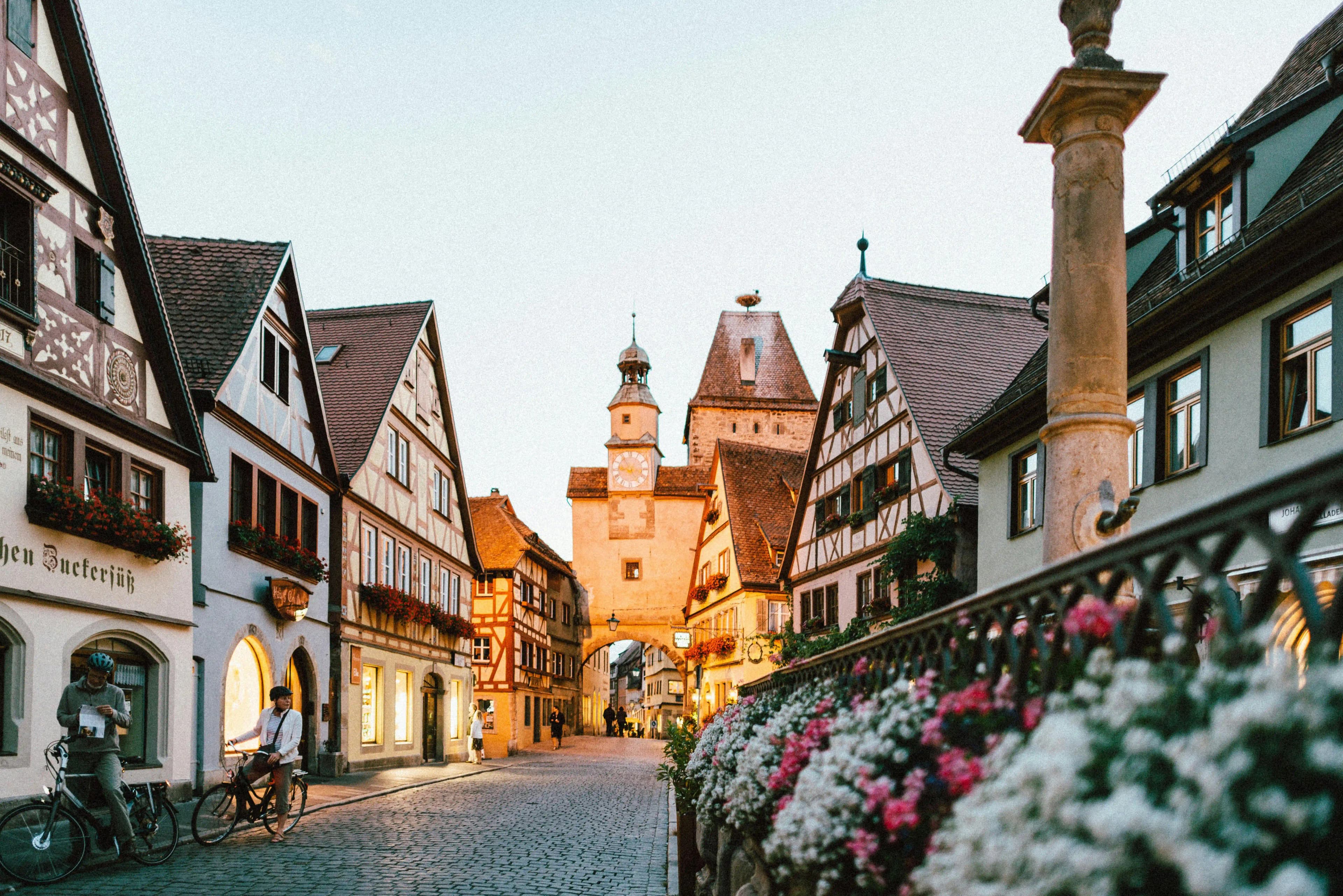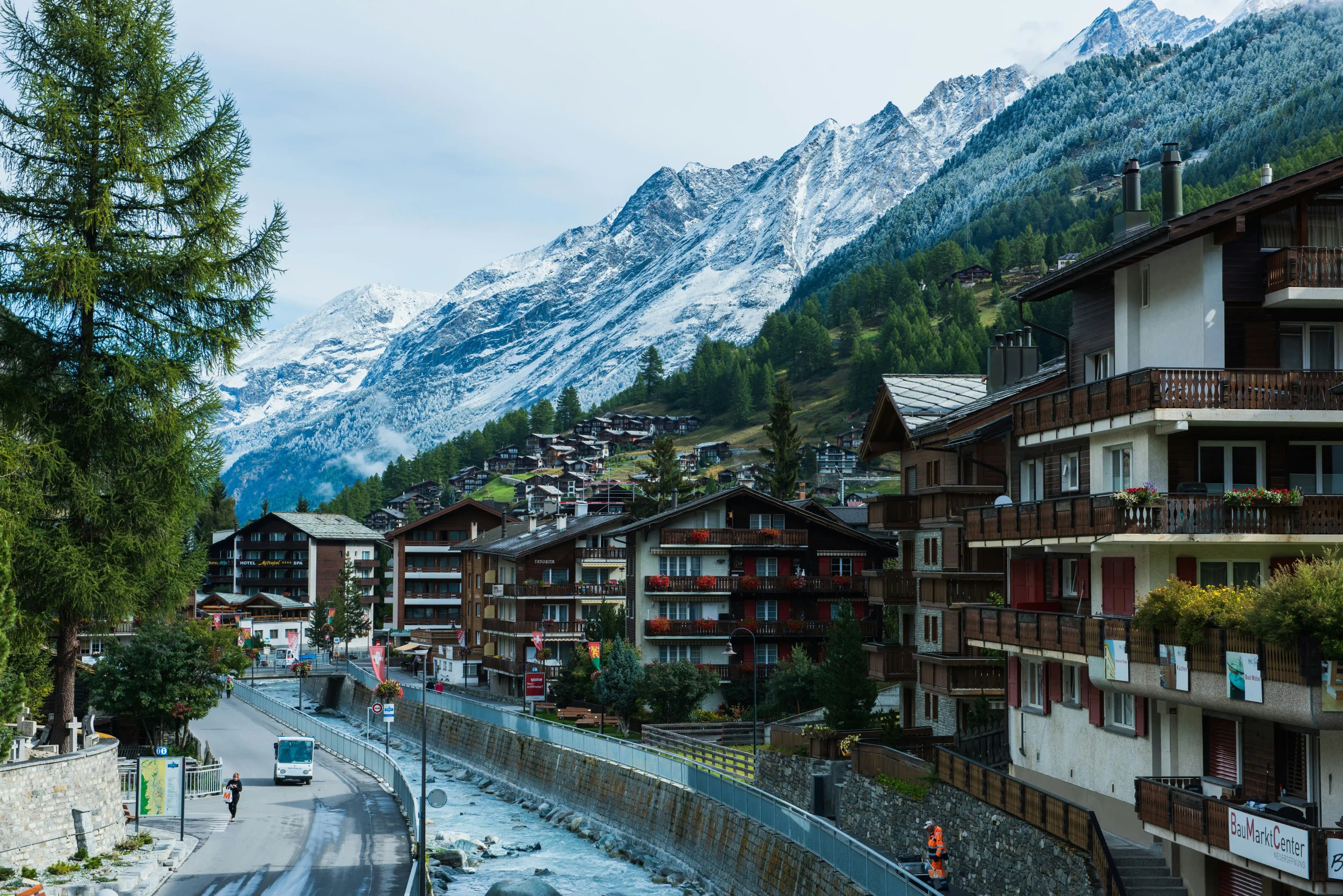March is that playful in-between time when winter hasn’t completely left and spring is still contemplating its arrival. The temperatures in Europe in March can range from cozy sweater weather to unexpected moments of shedding layers, depending on your location. The weather can be as fickle as a traveler torn between visiting Paris or Rome—one minute, you’re basking in sunshine and gentle breezes, and the next, a raincloud appears like an unexpected guest at a picnic. For the savvy traveler, this translates to fewer crowds, lower prices, and the chance to experience Europe without the hassle of selfie sticks and large tour groups. If the idea of a Europe trip as it shakes off its winter hibernation appeals to you, March might just be the right time you didn’t realize you were looking for.
Europe Weather in March: What to Expect?

March in Europe signals the shift from winter to spring, bringing with it milder temperatures and longer days. The weather in Europe in March can vary greatly across the continent—Southern Europe often enjoys the warmth of early spring, while Northern and Eastern Europe may still experience chilly days and the occasional snowfall. Rain showers are frequent, but they contribute to the blooming landscapes, making March an ideal time for sightseeing without the crowds typical of peak season.
- Average Temperature: -2°C to 15°C (varies by region)
- Rainfall: Frequent in Western Europe, occasional snow in the north
- Humidity: Moderate
- Best for: City breaks, early spring festivals, scenic countryside tours, skiing in the Alps
How to Reach Europe in March?

Europe boasts excellent connectivity through air, rail, and road, ensuring seamless travel from various parts of the world.
- By Air: Europe is home to many international airports, with major hubs such as London Heathrow, Paris Charles de Gaulle, Frankfurt, and Amsterdam Schiphol offering regular flights from destinations around the globe. Budget airlines also make intra-Europe travel more affordable.
- By Train: The continent's extensive rail network, featuring high-speed trains like Eurostar, TGV, and ICE, connects major cities with ease. The Eurail pass is a favored choice for travelers looking to explore multiple countries.
- By Road: Well-kept highways and picturesque routes make road trips across Europe a pleasure. Countries are interconnected through an efficient motorway system, and cross-border bus services like FlixBus offer economical travel options.
Best Places to Visit in Europe in March
1. Paris, France

Paris in March feels like a freshly baked croissant—warm in some spots, crisp in others, and best enjoyed at a slow pace. The Seine glistens beneath the gentle spring sun while the Eiffel Tower rises majestically against a sky that shifts moods quicker than a French waiter deciding on his level of politeness. The highlight? You can witness less crowd while visiting Europe in March giving you a better chance to capture that perfect Instagram moment at Montmartre without an unexpected photobomb.
- Pro tip: Layer your clothing, as the unpredictable Parisian weather can challenge your adaptability just as much as the rich French cuisine tests your waistband.
2. Amsterdam, Netherlands

Amsterdam in March has a unique vibe. The city begins to shake off the winter chill with the first signs of tulips, and while the full bloom arrives in April, March offers a delightful preview. The canals still retain their winter allure, with occasional mist creating a picturesque scene. Yes, there's a good chance of rain, but that's what cozy cafes and stroopwafels are for. Plus, the bike paths are less crowded, allowing you to explore the city without the worry of being run over by a fast-moving Dutch commuter.
3. Rome, Italy

March is when Rome starts to emerge from its winter slumber and begins to embrace spring. It’s an ideal time to visit, avoiding the sweltering heat of summer and the throngs of tourists that typically crowd the Colosseum. The Trevi Fountain glistens in the gentle sunlight, and you can savor your gelato without it turning into a puddle in seconds. Speaking of gelato, there’s no better time to treat yourself. The slight chill in the air makes it a refreshing delight rather than a melting mess.
4. Barcelona, Spain

March in Barcelona brings a delightful mix of weather. The temperature in Europe in March is just right—warm enough for a leisurely walk along La Rambla without feeling cold, yet not so hot that you wish you were somewhere cooler. The beaches are serene, the tapas bars are inviting, and Park Güell feels like a personal Gaudí treasure. Bring a light jacket, put on your favorite walking shoes, and get ready for the occasional sunny afternoon by the beach—it is Spain, after all.
5. Edinburgh, Scotland

In March, Scotland is still holding onto the remnants of winter, but Edinburgh embraces the chill beautifully. The medieval streets of the Old Town take on an even more dramatic flair under a misty sky, and the pubs provide a cozy refuge with their crackling fireplaces and fine whisky. Climb Arthur’s Seat for stunning views (if the weather allows), wander through the hidden alleyways, and soak in the essence of Scotland—both in spirit and in a glass.
- Major Attractions: Edinburgh Castle, Arthur’s Seat, Calton Hill
- Top Things to do: Visit The Elephant House Café, Explore the underground vaults, Tour the Royal Yacht Britannia
6. Budapest, Hungary

March in Budapest is truly a delight. The city begins to shake off the winter chill, and the thermal baths become even more appealing. Picture yourself soaking in the warm, mineral-rich waters of Széchenyi Baths while the cool air brushes against your skin—it’s the ideal mix of relaxation and adventure.
And let’s not forget about Hungarian cuisine, which is the epitome of comfort food. Goulash, chimney cakes, and dishes bursting with paprika? A big yes!
Things to Do in Europe in March

1. Discover Spring Blooms – Visit parks and gardens in cities such as Paris, Amsterdam, and London as cherry blossoms and tulips begin to bloom.
2. Join Carnival Celebrations – Experience the lively festivities in Venice, Nice, and Cologne before the season wraps up.
3. Ski in the Alps – March provides excellent snow conditions in resorts throughout Switzerland, France, and Austria with fewer visitors.
4. Take a Scenic Train Journey – Travel through stunning landscapes on routes like the Glacier Express in Switzerland or the West Highland Line in Scotland.
5. Enjoy Off-Season Sightseeing – Explore historic cities like Rome, Prague, and Barcelona without the hustle and bustle of peak-season crowds.
6. Visiting wine regions is a must – explore the vineyards of Tuscany in Italy, Bordeaux in France, or Rioja in Spain as they gear up for spring.
7. Northern Lights – Experience the Northern Lights by traveling to Norway, Finland, or Iceland for a chance to see the stunning aurora borealis before winter comes to a close.
Travel Tips for Visiting Europe in March
- Pack for Varied Weather – With temperatures ranging from chilly in the north to mild in the south, it's essential to bring layers, a waterproof jacket, and comfortable shoes.
- Take Advantage of Shoulder Season – Traveling during this time means fewer tourists and lower prices on flights, hotels, and attractions compared to the busy summer months.
- Be Prepared for Rain – March can bring quite a bit of rain, particularly in Western and Northern Europe, so it's a good idea to have an umbrella or a raincoat handy.
- Check Festival Dates – Events such as St. Patrick’s Day in Ireland and spring carnivals in Italy, Germany, and France can really enhance your travel experience.
- Book in Advance for Popular Spots – Even though crowds are smaller, iconic landmarks like the Eiffel Tower and the Colosseum still draw visitors, so it's smart to book ahead.
- Use Public Transport – Europe’s extensive train and metro systems make it easy and affordable to navigate cities and travel between countries.
Conclusion
March is a best time to visit Europe, offering a little bit of everything—winter's beauty without the chill, spring's awakening without the crowds, and a wealth of culture, food, and history to explore. You'll want to pack wisely, be ready for unexpected weather, and keep a lighthearted attitude about it all, as that’s part of the adventure. Are you also wondering to visit Europe in March? Then it is the best time to visit the place as it offers memorable experiences without the hustle and bustle of peak season. And if you need more convincing, think about it—fewer tourists mean shorter lines at the gelato stand.
Frequently Asked Questions (FAQs)
1. What is the temperature in Europe in March?
The temperature in Europe in March varies by region. In Northern Europe, it tends to be cold, ranging from -5°C to 5°C. Central Europe experiences cooler temperatures between 3°C and 13°C, while Southern Europe enjoys milder weather, with temperatures from 10°C to 20°C.
2. What kind of weather can I expect in Europe in March?
The weather in Europe during March can be quite unpredictable. You might encounter lingering winter chills in the north, occasional rain in the west, and the first signs of spring in the south.
3. Is March a good time to visit Europe?
Absolutely! March is a fantastic time to visit Europe. You can enjoy fewer crowds, lower prices, and a blend of winter and spring experiences, allowing for a more flexible exploration of the continent.
4. What should I pack for Europe in March?
Be sure to pack layers! A warm coat is essential for the colder regions, while a light jacket will suffice in milder areas. Don't forget waterproof gear for those rainy cities and comfortable shoes for all your adventures.
5. Which European destinations are best to visit in March?
For the best experiences in March, consider visiting Southern Europe, including Spain, Italy, and Greece for their milder weather. Central Europe, with cities like Vienna and Prague, offers cultural charm, while Scandinavia is perfect for those seeking winter adventures.









